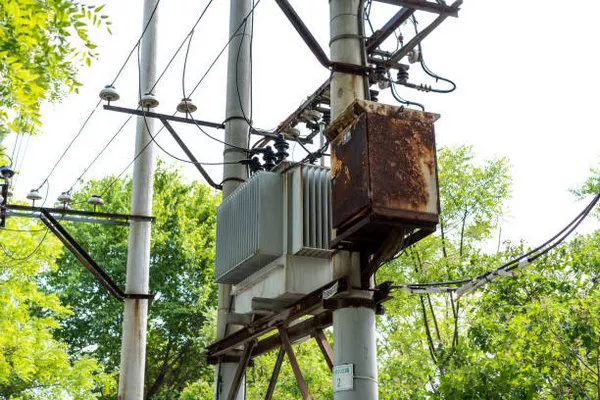In the realm of electrical engineering, transformers stand as indispensable components for power distribution and voltage regulation. Among the various types of transformers, the auto transformer holds a significant place due to its efficiency, compactness, and versatility. This article aims to elucidate the concept of auto transformers, shedding light on their working principles, applications, advantages, and limitations.
What is an Auto Transformer?
An auto transformer is a type of electrical transformer where the primary and secondary windings share a portion of the same winding. Unlike conventional transformers where primary and secondary windings are entirely separate, in an auto transformer, part of the winding serves both input and output functions. This design feature allows for a more compact and cost-effective solution for voltage transformation.
Working Principle:
The working principle of an auto transformer revolves around the basic principle of electromagnetic induction. When an alternating current flows through the primary winding, it creates a varying magnetic field, inducing a voltage in the secondary winding. However, in an auto transformer, the primary and secondary windings are not completely isolated. Instead, they are connected through a common winding, often referred to as the ‘common winding’ or ‘shared winding.’
The voltage transformation in an auto transformer occurs due to the ratio of the number of turns in the shared winding to the total number of turns in the primary and secondary windings combined. By tapping at different points along the winding, various output voltages can be achieved. This ability to adjust the output voltage makes auto transformers highly flexible and suitable for a wide range of applications.
Auto Transformer Configuration:
Auto transformers can be configured in two primary arrangements: step-up and step-down. In a step-up configuration, the output voltage is greater than the input voltage, while in a step-down configuration, the output voltage is lower than the input voltage. The specific configuration depends on the tapping points along the shared winding.
Applications of Auto Transformers:
Auto transformers find applications across various industries and sectors due to their numerous advantages:
Voltage Regulation: Auto transformers are commonly used for voltage regulation in electrical power systems. By adjusting the tapping points, the output voltage can be finely tuned to match the desired level, ensuring optimal performance of connected equipment.
Variable Speed Drives: In industrial applications such as motor control systems, auto transformers are utilized to provide variable voltage and frequency control, enabling precise speed regulation in motors.
Power Transmission: Auto transformers play a crucial role in long-distance power transmission systems, where voltage needs to be stepped up for efficient transmission and stepped down for distribution.
Audio Systems: In audio equipment, auto transformers are employed for impedance matching and signal level adjustment, ensuring high-fidelity audio reproduction.
Voltage Conversion: Auto transformers are used for converting voltages between different levels, facilitating compatibility between different electrical systems and devices.
Advantages of Auto Transformers:
The use of auto transformers offers several advantages over conventional transformers:
Compact Size: Auto transformers are typically smaller and lighter compared to conventional transformers, making them suitable for applications where space is limited.
Cost-Effectiveness: Due to their simpler construction and fewer materials required, auto transformers are often more cost-effective than conventional transformers.
Improved Efficiency: Auto transformers have lower copper losses and magnetic losses compared to conventional transformers, resulting in higher efficiency and reduced energy consumption.
Voltage Adjustment: The ability to adjust the output voltage by varying the tapping points makes auto transformers highly versatile and adaptable to different requirements.
Reduced Voltage Drop: Auto transformers exhibit lower voltage drop compared to conventional transformers, ensuring better voltage regulation and stability.
Limitations of Auto Transformers:
Despite their many advantages, auto transformers also have some limitations:
Lack of Isolation: Since the primary and secondary windings are not completely isolated, there is a risk of higher voltage appearing on the secondary side in case of a fault or short circuit on the primary side.
Limited Voltage Ratio: The voltage transformation ratio of an auto transformer is limited by the number of turns in the shared winding, which may not be sufficient for certain high-voltage applications.
Increased Complexity: Auto transformers require careful design and implementation to ensure proper voltage regulation and safety, which may increase the complexity of the overall system.
See Also What Is Oil Immersed Transformer
Conclusion:
Auto transformers are indispensable components in modern electrical systems, offering a compact, cost-effective, and efficient solution for voltage transformation and regulation. Understanding the working principles, applications, advantages, and limitations of auto transformers is essential for engineers and professionals working in the field of electrical engineering. With their versatility and adaptability, auto transformers continue to play a crucial role in various industries, powering the world’s electrical infrastructure.


